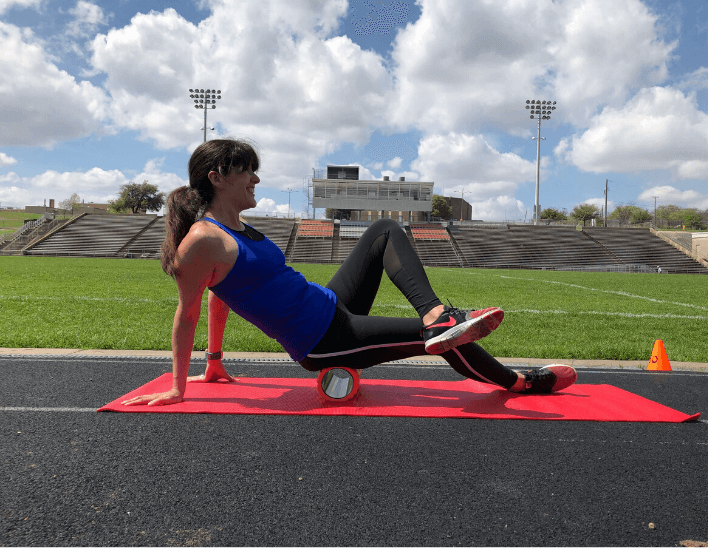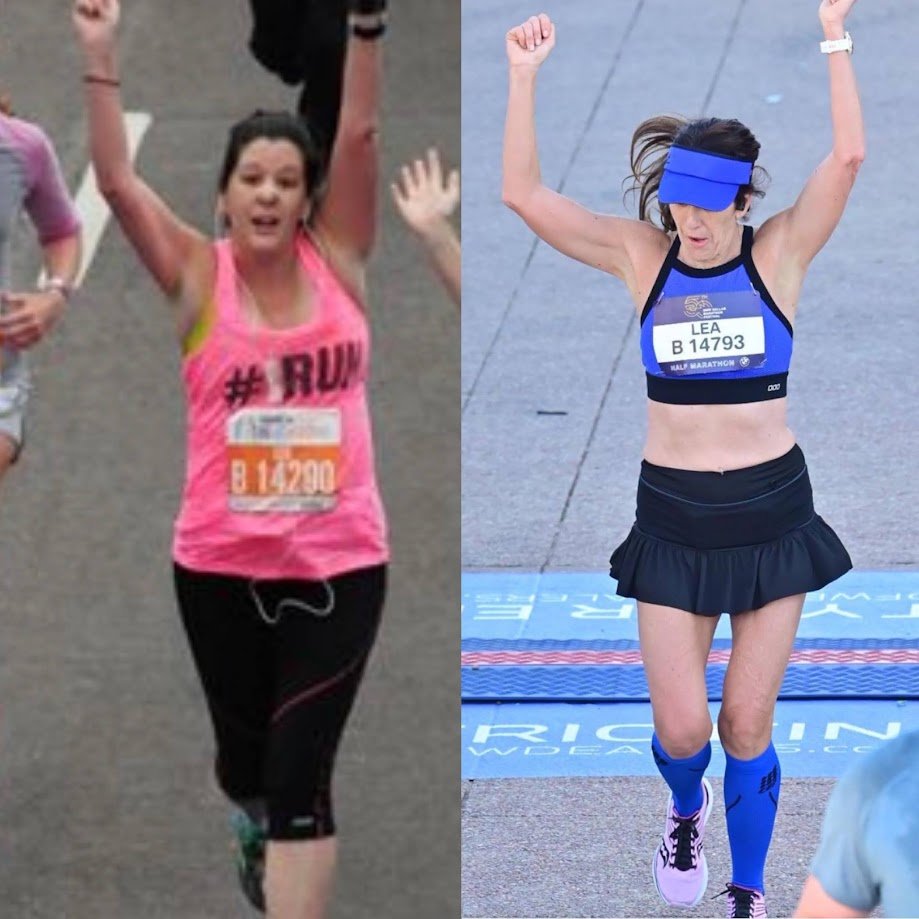“It’s not about the shoes. It’s about knowing where you are going. Not forgetting where you started. It’s about having the courage to fail. Not breaking when you’re broken. Taking everything you have been given and making something better. It’s about work before glory and what’s inside of you. It’s doing what they say you can’t. It’s not about the shoes, it’s about what you do in them. It’s about being who you are born to be.”
Eliud Kipchoge ran a 1:59:40 marathon, and all anyone can talk about is his shoes. It's not about the shoes. Take genetics, incredible running technique, elite athleticism, and experience off the table, and those shoes turn into pumpkins at midnight. They're not magic. Shoes don't make the runner. "Mechanical doping" (i.e., the idea that shoes gave him an unfair advantage) makes for a clickable headline and a profitable marketing campaign for Nike. Still, the shoes will never make you run faster.
You can buy the $250 shoes if your bank account doesn't complain too loudly, but throwing money at the problem of not running fast enough, won't move you up the ladder in your age group rankings. Training might. Nutrition might. Sleep might. Shoes to run faster? Save your money.
We are a participant in the Amazon Services LLC Associates Program, an affiliate advertising program designed to provide a means for us to earn fees by linking to Amazon.com.
THE RUNNING SHOE STORE MODEL
The running industry puts too much emphasis on the shoes. Even if we aren't looking for shoes to increase our marathon time, It's a common misconception that shoes can fix your running injuries.
I used to work in a running shoe store, so I am intimately familiar with the sales pitch. Have aches and pains? IT band syndrome, plantar fasciitis, knee pain? We have shoes for that!
Back in 2013, before I was a trainer or a running coach, I wrote a running blog called Running for Dummies.
I wrote an article about my visit to a local running store to get my foot pronation analyzed to determine what shoes I should buy. It was the first time I received negative comments on a blog post, and I shocked! How could something as innocuous as shopping for running shoes induce such negativity? I didn't understand then what I know now, the running store model of gait analysis to screen for over-pronation is more about the science of marketing than the science of movement.
Local running store owners are usually passionate runners that care deeply about their communities, but it's the narrative the running shoe industry has been selling the community for decades. That's how you sell shoes. You solve a problem.
The running shoe industry is selling us a shoe solution to our injury problem when the answer is skill development, mobility, and strength training. You can try to throw money at the problem for a temporary fix, or you can work to correct it at the source.
I'm not suggesting we don't need quality running shoes or the valuable running store communities. We do! Unless you want rocks jammed into your toes like a misplaced Lego, we need high-quality running-specific shoes. You should choose running shoes based on comfort, with the level of cushioning that feels best for you at this stage in your training, which will vary from runner to runner. Go into your local running store and try on shoes, it's the best way to get the correct feel of a new shoe and to support local businesses.
ARE YOUR SHOES PROMOTING A HEEL STRIKE?
Your goal in buying running shoes is balancing the need for foot protection and cushioning while promoting proper running technique. Running with shoes with substantial cushioning under the heel encourages a heel strike. A heel strike is like a break on your running stride that slows you down and increases the time on the ground, which then increases the potential for injury with every step.
If you run with a heel strike, and don't have any injuries or pain, and are performing at your best, then you don't have a problem. But many people do.
But if you run with a heel strike, are dealing with pain, chronic injuries, and less than stellar performances, then examining where your foot first makes contact with the ground may be the first step (no pun intended) in correcting your problems.
Bulky running shoes that wrap our feet up like in a cast robs us of our connection with the ground, limits sensory feedback, and ankle mobility to disrupt a natural running form.
But don't trade in your 12mm heel drop shoes for barefoot shoes just yet. I recommend a zero drop shoe (same amount of cushioning under the heel as under the forefoot) like Altra. Zero drop doesn't mean there isn't cushioning, only that the amount of cushioning is the same under the heel as it is under the toe.
If you have two decades of running with an elevated heel, start with one of the more cushioned zero drop shoe options and gradually work your way down over time. It's a process. Cutting the cushioning or the heel drop in your shoes too aggressively, while keeping the mileage high, will likely to lead to pain or injuries in itself.
Again, it's not about the shoes. We want shoes that are comfortable and protect our feet while allowing some flexibility in the foot. It's not a one size fits all solution. Go to a running store and try some shoes on to find the best for you.
WHAT CAUSES RUNNING INJURIES?
Poor running technique and training errors are the primary causes of running injuries. When you add volume (miles) or intensity (speed) to improper technique, you increase the likelihood of an injury, no matter what shoes you are wearing.
Shoes can't solve all your running injury problems and can potentially make them worse by disrupting correct running mechanics, and reduced ground perception. Instead of a band-aid that may provide temporary relief, you can work to correct the problem at the source.
RUN INJURY-FREE
It's a process; it's not instant gratification. It is simple in theory but not easy. Most runners would instead put in an extra two miles than spend 15 minutes on skill, strength, or mobility, even though they'd get a lot more return on investment from the non-running work.
It's a time commitment. It won't happen overnight or in two weeks, maybe not in two months. You have to retrain your body and mind. You often have to start from ground zero. You have un-learn bad habits. If you're married to the idea of running three miles of day with your old technique, it will be difficult to make any meaningful change. If you're in the middle of a training cycle, you won't be able to step back your mileage enough to retrain your brain.
But if you are willing to put in the work, you can transform your running performance and avoid injuries.
Running Technique
Almost no one is teaching running technique. The correct running method reduces impact with the ground so that you can move with less effort, and help avoid injuries. What is the right way to run? I recommend the Pose Method of Running to study and practice technique. Here is a resource to get started, but remember, you won't read a book and instantly start running differently, especially if you have been running for a few years. It takes commitment and practice to retrain your body and brain. Here is a blog post I wrote about a running clinic I attended.
I am training to become a Pose Method running technique specialist so I can better help you with proper technique. I am still learning myself, so let's do this together!
Mobility
If your hips, ankles, spine, or even shoulders are tight and immobile, it restricts your range of motion. If your body doesn't have the necessary mobility, it will compensate (i.e., cheat) by calling on improper movement patterns or muscles, which leads to misalignment, and poor running mechanics, which can lead to injury. A daily dynamic stretching, static stretching, and foam rolling practice can all assist in improving or maintaining mobility.
I recommend this book resource to identify and address potential mobility issues that may be affecting your running performance.
Strength
Muscles stabilize the joints; strength training can protect against joint injuries. Runners who don't perform resistance training may develop muscle imbalances because they are only strengthening the running muscles. Stronger muscles then take over the work for the weaker ones, and those imbalances can lead to injuries. Runners who strength train are well-rounded athletes. You don't need to spend five hours in the gym each week, but incorporating consistent and progressive runner-specific resistance training into your run program will improve your performance and build armor against running injuries.
Rest and Recovery
Your body adapts to exercise and gets stronger, fitter, and faster in the rest period after the workout, not during the workout itself. If you hammer your body with intense workouts without adequate rest, you sacrifice the very result you are training for— fitness improvement.
What does adequate rest mean for you? It varies from athlete to athlete, depending on experience, age, genetics, life stresses, nutrition, and sleep quality. You don't train in a bubble; your lifestyle dictates your recovery and performance. Most athletes need at least one full rest day or more per week, and maybe more to fully recover from hard workouts.
Buy the shoes, but it’s not about the shoes to run injury-free.
Did you like this post? Do you know someone who might benefit? It helps me when you share with your friends and followers on Facebook, Twitter or Pinterest.
Questions? I’d love to help.


















